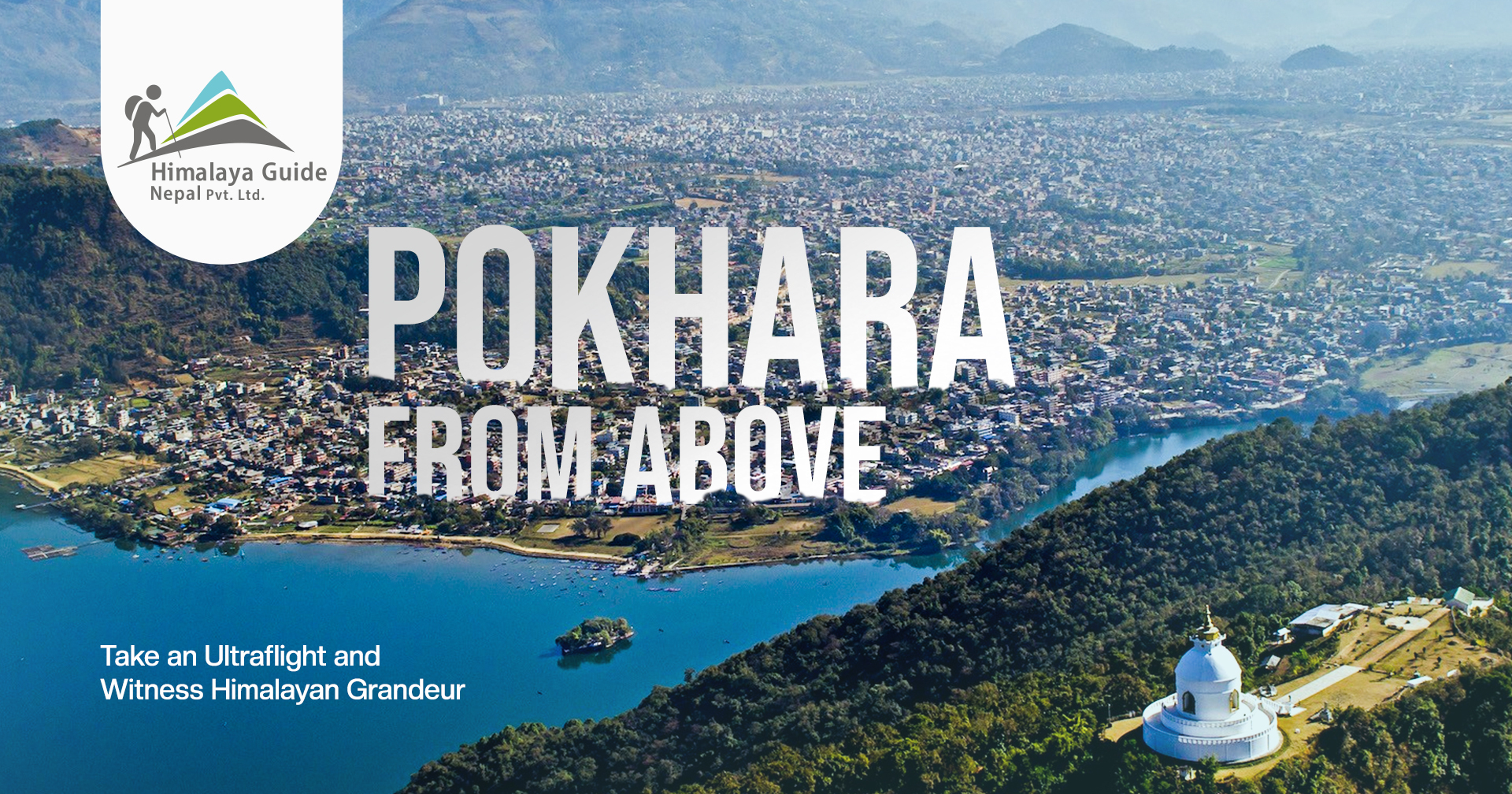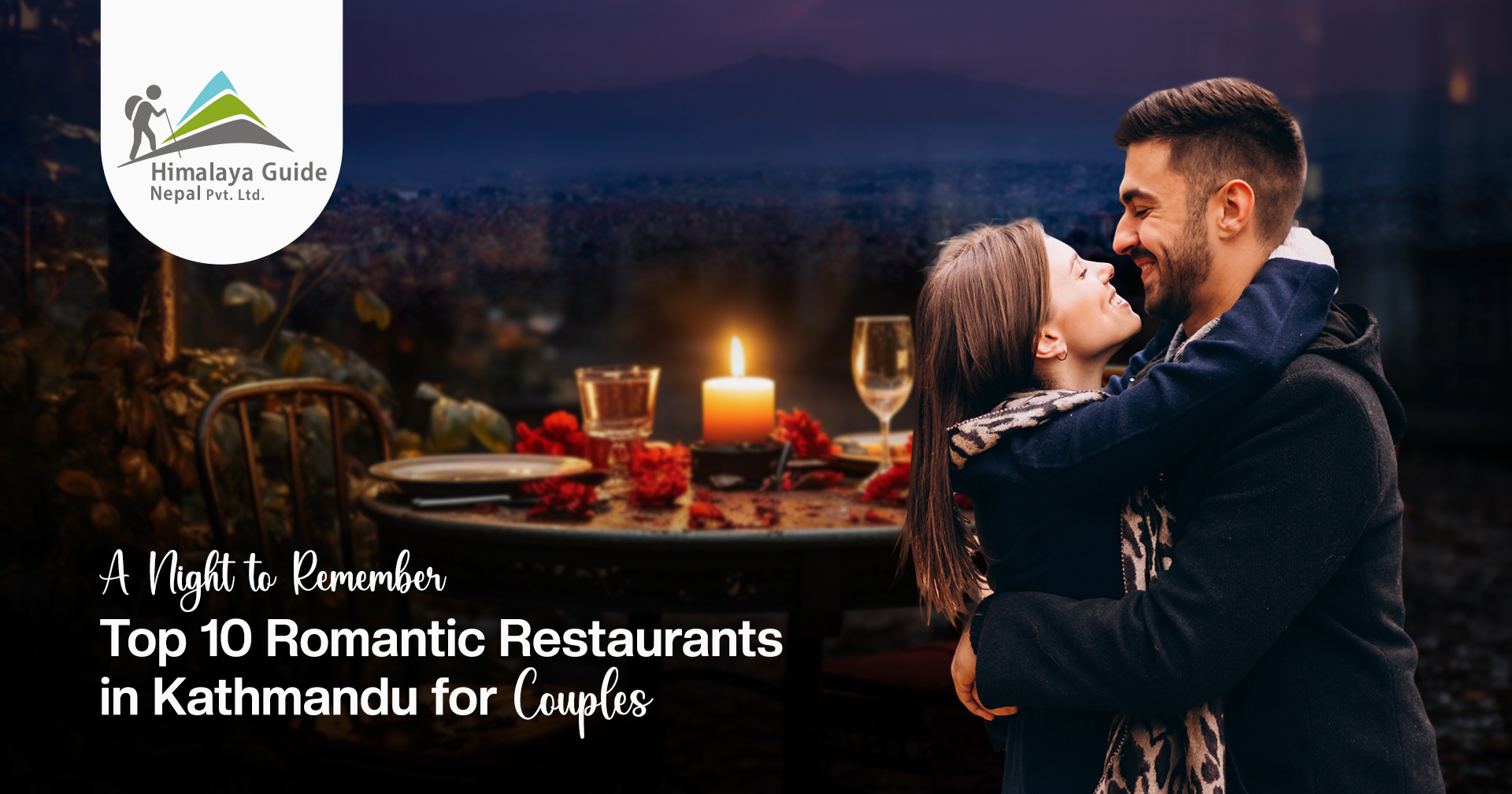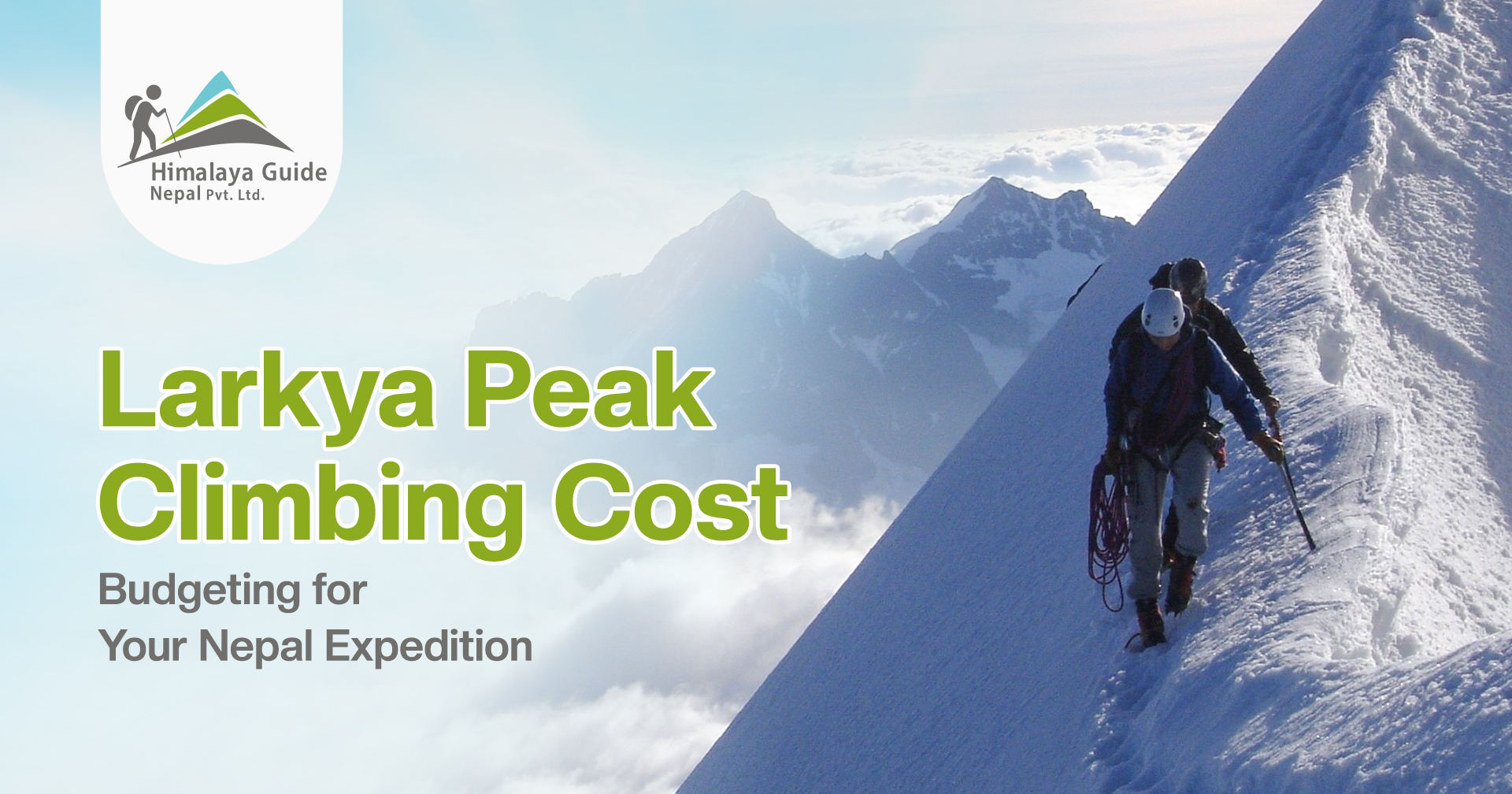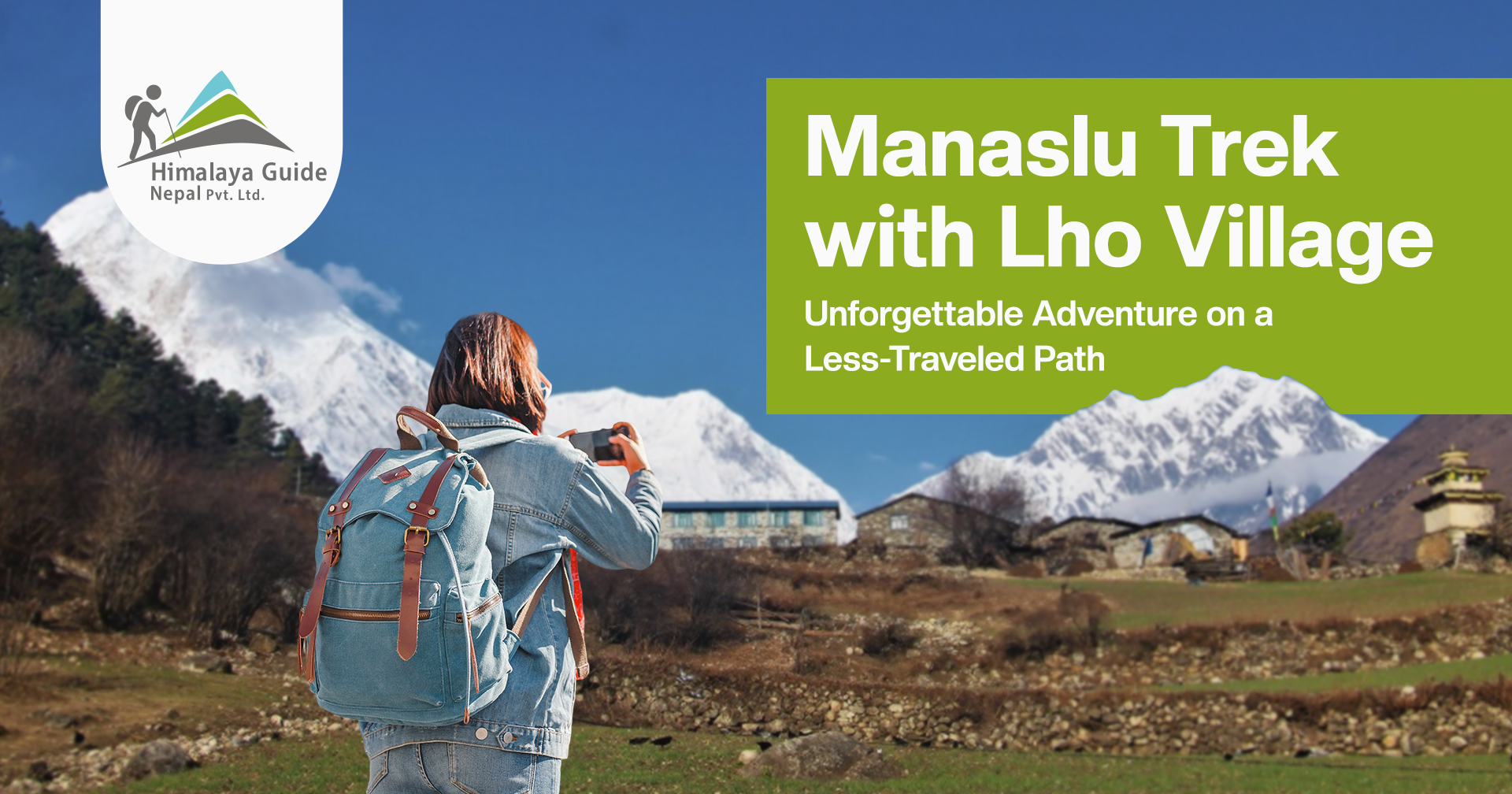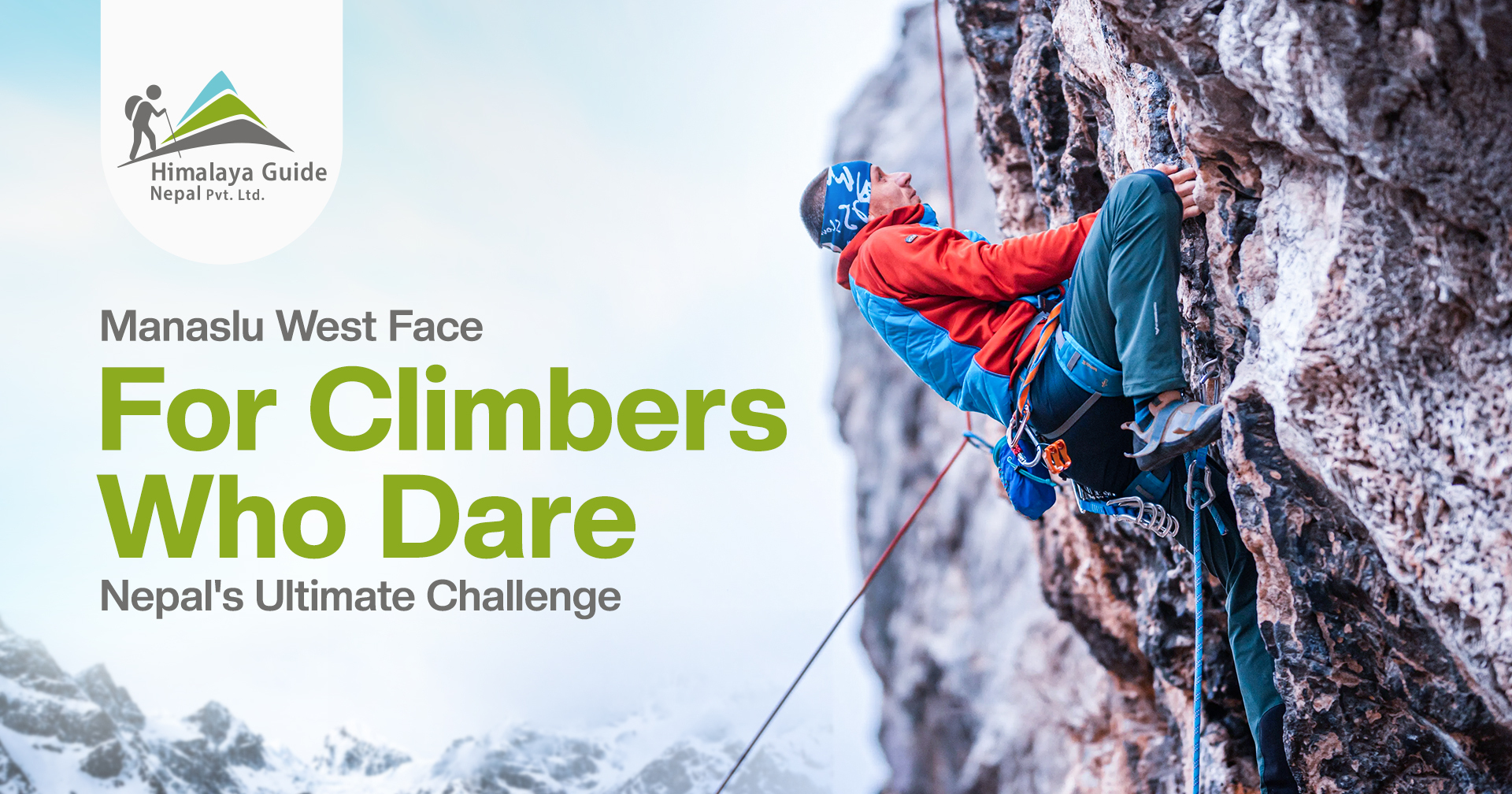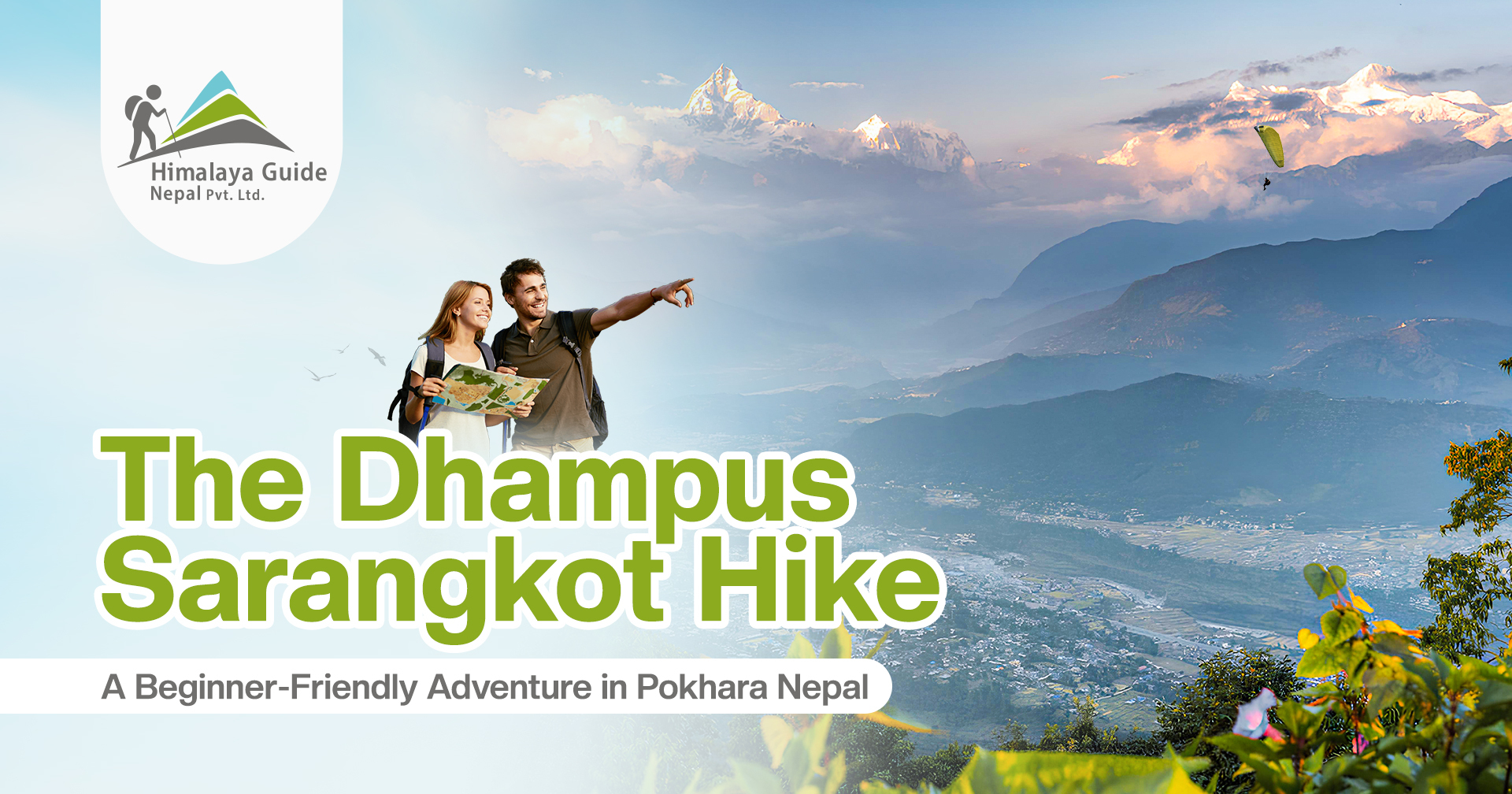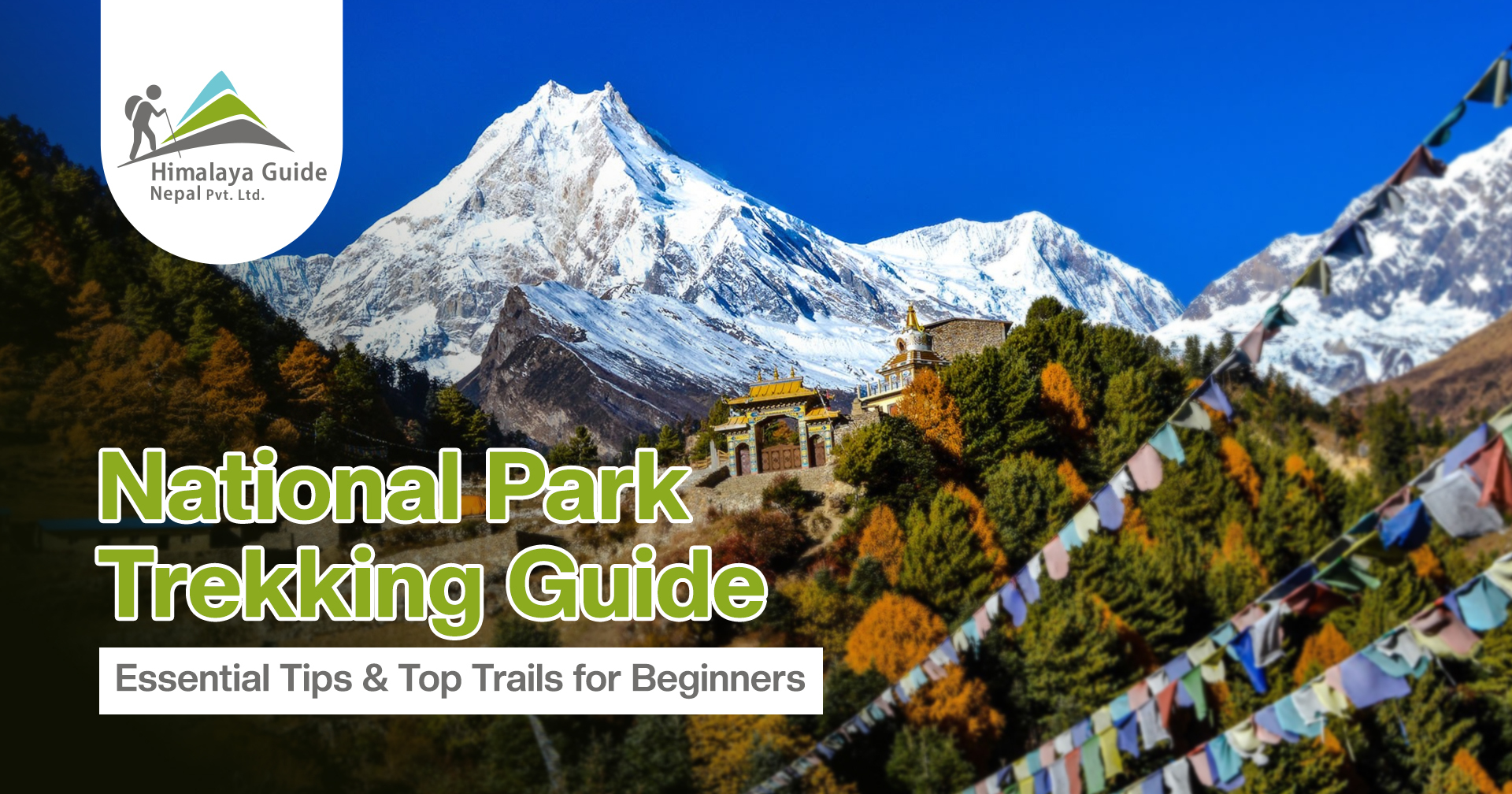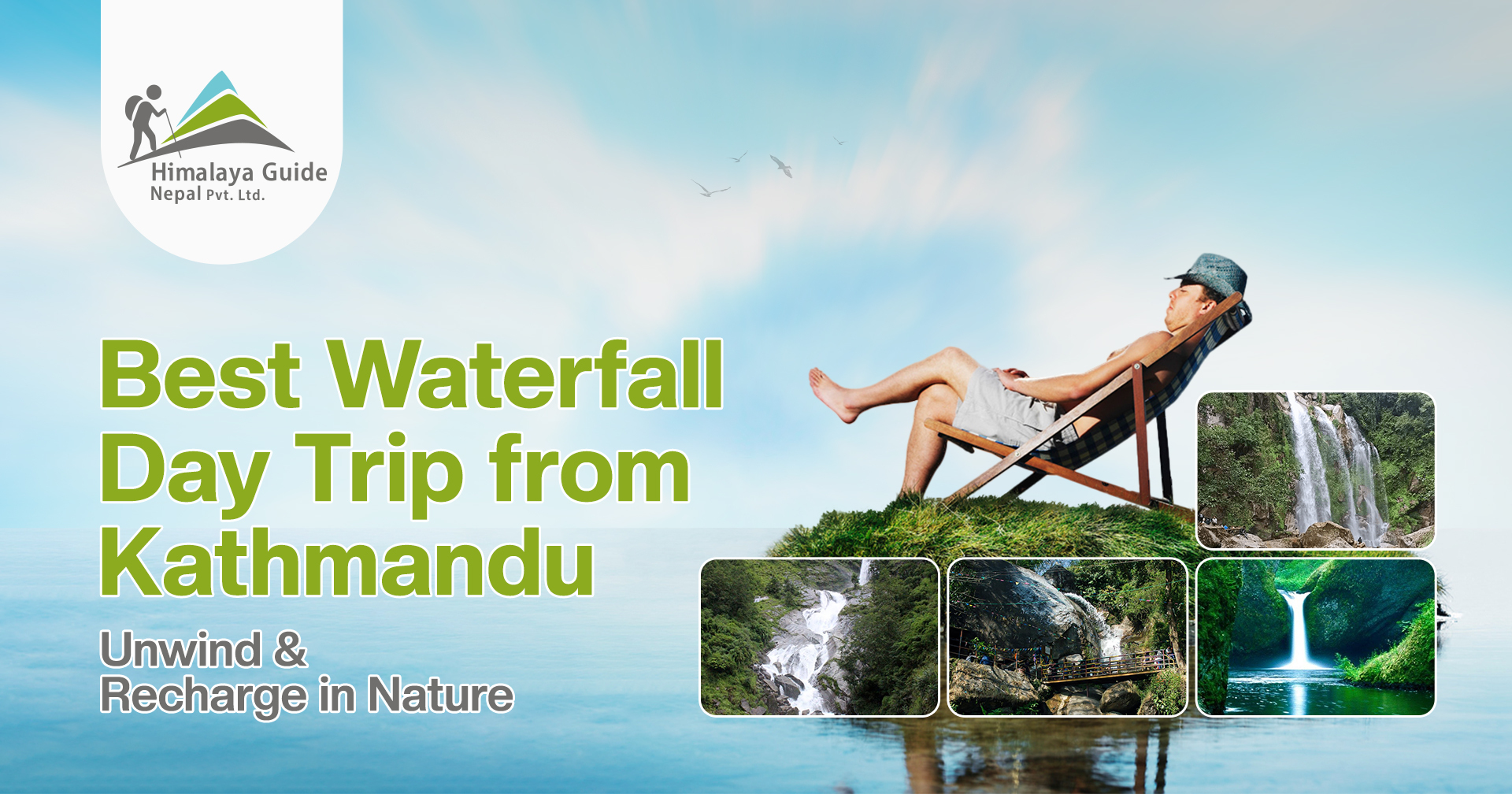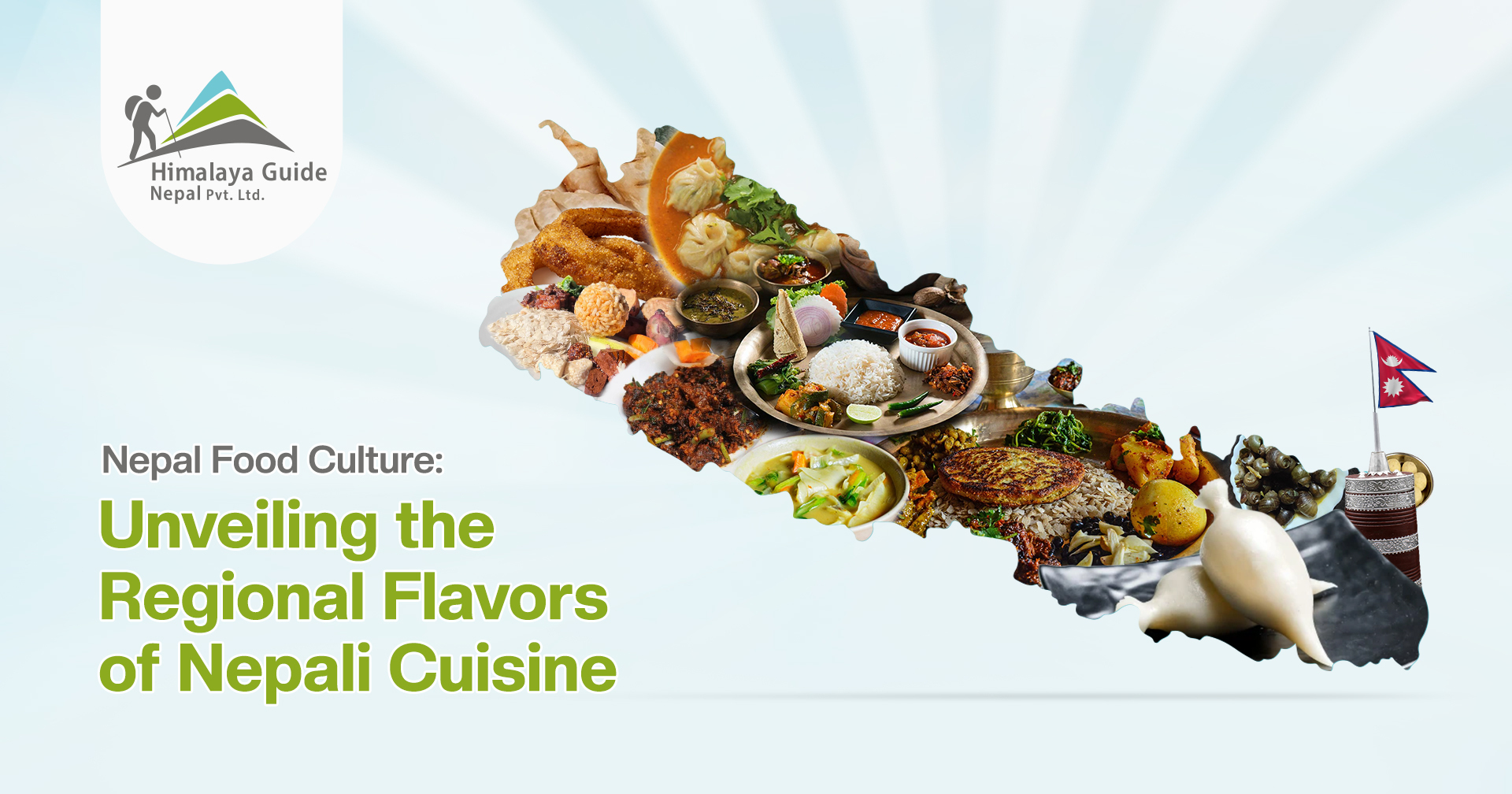If you are scrolling over cuisines all over the world, an iconic stop is Nepal, with its various familiar and exotic flavors. Made with love Nepali cuisine recipe has been passed down through generations, in different geographic regions, plains, hills, and forests of Nepal. The regional flavors cater to diverse food needs.
In this blog, we talk about Nepal’s food culture, from its regional flavors and favorites to some must-try foods on your next trekking and tour in Nepal. Get a chance to learn about Nepal’s food culture in brief.
Nepali herbs and spices
Nepal is rich in unique herbs and spices that enhance the aromas and flavor profiles of traditional Nepali dishes. Fermented herbs, green leafy vegetables like Gundruk, achar, and spicy chutney make the flavors more wonderful.
Spices such as Timur (Zanthoxylum armatum) and Sichuan pepper ( the red ones) are another powerful punch of condiments. Achar of carrots, cauliflower, Lapsi, and sourness of lemon, crunchy texture, is to the next level. Sweet Lapsi Pickle (गुलियो लप्सीको अचार) is also a staple flavor from Nepal. Let’s uncover other Best Nepali foods.
All-time Favorite Cuisines of Nepal
Momos are enjoyed throughout Nepal as the all-time favorite cuisine, inspired by Tibetan dumpling recipes. Served with unique fillings, and chutney rich in flavors, momo is made with savory minced buffalo meat, vegetables, or even sweet options like chocolate, which just tempts your taste buds.
Apart from momos, Thukpa, the hot soup, made of noodles, and dried spices, with eggs, mushrooms, and even meat, is just the winter special. It is the most consumed food during the trek and a delight for the Himalayan sherpas in Nepal.
Beyond everything, there is love for sel roti, the Himalayan doughnut. Not actually, but shape as one. The sweet dish made with rice flour, especially in the Tihar festival of Nepal, is many kids and older adults’ favorite. Sel roti is served with a hot cup of milk tea, chutneys, or a veggie mix of your choice. It is made mostly in the Bahun and Chhetri communities of Nepal and offered in religious ceremonies of the Hindu community.
Dal, bhat, dhido, and vegetables (tarkari) are must-have foods in Nepal. And among them is the fermented green leaf vegetable gundruk, whose curry and spicy chutney are something different that is not found in any other part of the world. Also, there is a specialty about Mustang Aalu (potato) that every Nepalese enjoy.
Nepal Food Culture in the Far-West (Sudur Paschim)
The Far-West (Sudur Paschim) of Nepal is home to diverse ethnicities and has a culinary fusion of fresh herbs, spices, and staples like rice and lentils. Kaguno ko Kheer, flatbread (roti), and buckwheat ingredients are rich in regional nutrition.
1. Faparko Guldu (Buckwheat Guldu)
Faparko Guldu is a famous dish consumed in the cool mountain climate of the Far West region of Nepal. The high altitude staple dish Buckwheat, Fapar Guldu, are gluten-free dumplings with chewy textures.
Small dumplings stuffed with mashed lentils, spices, vegetables like potatoes, onions, and greens, and nuts are steamed to perfection, rich in flavors. Humla, Mugu, Dolpa, and Jumla region people serve this as a common dish. Even trekkers can taste the regional delicacy on a Himalayan adventure on the Dolpo Trek.
2. Gatani Dubka (Black Gram Flour Soup)
Gatani Dubka is a soul-warming soup that originated in the Gandaki region of Nepal. The urad dal ko soup (Black Gram Flour Soup) is popular with local spices like cumin, turmeric, coriander, and chilies. Made with potatoes, carrots, tomatoes, green beans, chopped herbs, cilantro, and spring onions, it adds color, vitamins, and nutrition to the soup.
Trekkers passing through remote settlement areas of Annapurna and Manaslu trekking areas, get it from local houses on request. The protein-rich Gatani dubka, or soup, is served with rice and roti, simmered with spices and vegetables.
3. Sisnoko Jhol (Stinging Nettle Curry)
Sisno ko Jhol is made of a leafy green vegetable called stinging nettle. After carefully removing the stinging properties, young leaves of sisno are prepared in flavorful curry with local spices, You can also steam them with beans, potatoes, or additional vegetables to your preference. At the beginning of the spring, eating this curry becomes more prominent. And people with diabetes or other
The edible vegetarian curry, packed with Nepali herbs and nutrition, is robust for the health of all age groups. Taking it once every year can supply a vital nutrient portion to our body, with the regional cuisine of Nepal.
4. Foxtail Millet Pudding (Kaguno ko Khir):
The sweet dish from the Doti district of Nepal, is this Kaguno ko khir, in English, it is foxtail millet pudding. The nutritious gluten-free pudding from the Himalayas of Nepal is cooked with milk, sugar, nuts, or dried fruits, making it a healthy and delicious dessert to boost our immunity. Served with pickles and vegetables, this millet dish (cereal), is one of the sweet dishes to consider on your next trek to Nepal.
5. Mada Roti and Aalu
Mada is popularly consumed in Sudur Paschim districts like Dadeldhura, Doti, and Achham, as a traditional staple roti made of a thick batter of rice flour. The overnight water-soaked rice grains are made into flour for making mada. It is quite similar to (Gophey mada ) Achhami snack served with tea, aalu, and pickles, which is made of rice flour and black gram paste.
6. Methi-ko Khir (Fenugreek Seed Khir)
Methi-ko Khir is “fenugreek seed pudding,” quite an uncommon pudding made in the Eastern regional cuisine of Nepal. This unique, flavorful dessert is the perfect blend of aromas, fresh richness, and the subtle bitterness of fenugreek seeds. Besides, kheer, prepared during Nepali festivities and religious ceremonies, is made of either rice or sabudana (tapioca starch pearls).
7. Batuk
Batuk is a traditional food prepared at the New Year festival celebrated on the same day as Maghe Sankranti by the Magar and Khas communities. It is made with a ring-shaped deep-fried fritter served with yam, taro, and sweet potato.
Nepal food culture in the Newari Community
The Newar community of Nepal, which initiated the living goddess culture in Nepal, has diverse food profiles in Nepal. Their staple food is chiura (flattened rice flakes) or beaten rice, served with curd, bhatmas sadeko, peanut sadeko, and achar.
It uses Southeast Asian spices like cinnamon, chilies, garlic, ginger, mustard oil, cumin, turmeric, pepper, and seeds. Taste the Newari cuisine in the streets of Thamel on your next trekking adventure to Manaslu.
1. Samay Baji
This Newari thali-style platter consists of chiura along with various accompaniments like boiled eggs, fried soybeans (Bhatmas), spicy curries (aalu tama ko jhol), woh (bara), seasonal vegetables, and chutneys.
2. Choila
The marinated minced meat (traditionally buffalo) choila is a popular appetizer in Newari cuisine.
3. Chatamari
A savory rice crepe, chatamari, is often topped with spiced toppings of your choice. It can be minced meat, vegetables, or a fried egg.
4. Bara
Bara is a deep-fried lentil fritter, originally a Newari snack, that can be enjoyed plain. Also, you can take it with sadeko masaura (soybean) or dip it in chutneys.
5. Yomari
Yomari is a steamed rice cake filled with sweet stuffings, like molasses or chaku (local jaggery). This post-harvest celebration is also made with a stuffing of Khuwa (made from milk) and is widely consumed during Yamari Punhi inside Kathmandu Valley. Yomari, the festive treat, is also prepared with honey, ginger, sesame fillings, and sometimes meat.
6. Lakhamari
Lakhamari is a typical Newari sweet dish, with a crunchy exterior and a soft texture inside. The flavors include a distinct taste, coming from sesame, rice flour, black gram, and sugar, and are the main sweet used in Newari weddings (as sagun from the groom’s side to the bride’s).
7. Juju Dhau
Juju Dhau translates to the king of yogurt in the Nepal Bhasa. This delicious probiotic treat is the specialty of the Newar of Bhaktapur. The delicious, creamy yogurt made from buffalo milk melts the heart.
8. Gwaramari
Gwaramari, the round puffy bread, is a traditional Newari breakfast, puffy outside but soft inside, served with tea and coffee.
9. Dyakula (Buffalo stew)
Dyakula is a Newari traditional dish made with buffalo meat. Ginger garlic paste, cinnamon stick, nay leaf, chopped tomatoes, coriander, stock of the buffalo, and meat chunks are served with rice, mostly in Patan.
10. Swoo (Fokso)
Swoo is a traditional starter also known as Fokso fry in Newari Cuisine. These include mutton lungs, which are filled with batter and then boiled and deep-fried for their rich flavors.
11. Sapu Mhicha
Sapu Mhicha is a Newari dish popular in Kathmandu, made up of buffalo leaf tripe stuffed with bone marrow. It is well-cooked and filled with exclusive flavors. The bone marrow inside is the popular Newari starter, Tesya (the spinal cord of Buffalo).
Nepal Food Culture in the Rai and Limbu Cuisine
Rai and Limbu cuisine are the regional specialties of the Eastern hills of Nepal. The specialty of the food culture of the Rai and Limbu in Nepal is that they make special pork, fermented kinema, and edible lichen. They have a smoky texture to their Sungur ko sekuwa, which is a must-try on a visit to Nepal.
1. Yangben Curry
Yangben curry (Yangben-faksa) is made with moss-like lichen called Yangben. Limbu cuisine is made from the lichen found in the trees of the Eastern jungles of Nepal, which has a unique, aromatic, and earthy flavor.
Yangben-faksa is a pork curry cooked with yangben and made with peculiar ingredients. This indispensable flavoring ingredient is processed and preserved and is also used in Sargyangma (ethnic blood sausage).
Not all lichens are edible, and the Rai and Limbu communities know this. They avoid poisonous lichens and focus on hunting edible ones. These lichens taste vaguely of mushroom flavor, somewhat bitter with a strong pungent taste, while some find the taste closer to that of truffles.
Do you know? Lichens are also used as spices in neighboring countries of Nepal, like India, and as black stone flowers (Parmotrema perlatum).
2. Kinema
Kinema are fermented soybeans with a pungent and umami flavor. These can be used to make flavor-packed curries and dips in the Rai and Limbu communities of Nepal. This is a must-try when trekking in Nepal.
3. Syaupila
Syaupila is a dry sausage similar to salami in looks and taste. It is a seasoned snack and appetizer made from pork or buffalo meat with a delicacy of local spices.
4. Wai (Bamboo Shoot Curry)
Wai is a bamboo shoot curry similar to Tama. These freshly harvested bamboo shoots add flavors and freshness to Limbu curries, with a subtle sweetness and slightly crunchy texture.
5. Phapha
Papha in Rai communities is fermented finger millet flour bread. The slightly sour and dense flavor of this Rai cuisine is eaten with curries or stews (mutton or chicken).
6. Sukuti
Sukuti is a dried, marinated meat dish made from buffalo or chicken. These sun-dried meats have a savory flavor and a more concentrated meat texture.
7. Dohyakha (Chicken Stew)
Dohyakha is a winter special chicken stew served in the Rai and Limbu communities with local herbs and spices.
8. Tongba
Tongba is an alcoholic beverage, aka millet beer, made with a fermentation process. The popular drink in the Eastern Hills is served warm in a bamboo mug with a straw.
Nepal Food Culture in the Tharu Community
Tharu cuisine has a distinct taste from the southern Terai region of Nepal. Their sticky rice, Aanadi chamal, freshwater feast (snails, crabs, and wild mushrooms), and varieties of textures, make the Tharu cuisine worth trying on your visit to Nepal.
1. Khariya (Pitosni)
Khariya is a Tharu specialty made with Colocasia leaves (similar to taro leaves). The Colocasia leaves are steamed, seasoned, and stuffed with a savory filling as per the preference of the chief, packed with fresh flavors. It is less salty and eaten with delight in the Tharu community.
2. Dhikri
Dhikri is Tharu’s special steamed rice cake, which originated in southern Nepal. The essential of the Maghi festival, Dhikri, is a pan-cake-shaped sweet made from rice flour and available in two options, steamed or fried. It can be enjoyed with dips or chutneys. Also, you can eat it plain with tea.
Unlike other cuisines in Nepal, it does not contain condiments or spices. It is simply made with dough, warm water, and flour, and its unique recipe takes all the highlights.
3. Kachari Bariya
Kachari Bariya is a flavorful traditional dish of the Tharu community of Nepal. The stir-fried food is made with kachar (a type of yam), colorful vegetables and spices.
4. Pakuwa
Pakuwa suits you with pork and wild boar BBQ meat (sekuwa). It is prepared with marinated flavors of the meat.
5. Ghonghi
Tharu culture also enjoys eating Ghonghi (mud-water snails) with local spices and flax seeds, and cooks it with a tangy and spicy taste. Found in the paddy field of Terai, Tharu people love eating this dish with linseed soup and rice and have 57.5 percent protein from this exotic dish.
6. Anandi Rice / Chichar
Anandi rice is steam and sticky rice, known for its glutinous rice traditionally grown in different territories of Nepal. Even it is used for making different recipes or Aandik jhor/Jaar (liquor).
7. Parewak Sikar
Parewak Sikar is the making of delicious pigeon meat with either roasting, curry, or fried options.
8. Sidhara
Sidhara fish is cooked with taro, colocasia steam, and spices in the Tharu community. These sun-dried fish can be served with soup or curry. And if you are a fish lover, this could be a must-try on your trekking adventure and visit to Nepal.
9. Bhakka
Bhakka is the most popular Tharu community snack. It is a common fluffy rice flour steamed cake served with freshly prepared tomato pickles or chutney with sweetness. The milling-soaked rice is steamed to make Bhakka which has a smooth and fluffy texture. And this tastes incredibly good.
Final Words on Nepal Food Culture
As we explore the various cuisines and regional specialties of Nepal, we have a brief overview of the flavors. But that’s not enough; get a chance to savor the traditional favorites in the nooks and corners of Nepal. Also, learn basic Nepali phrases to dine like local in Nepal.

